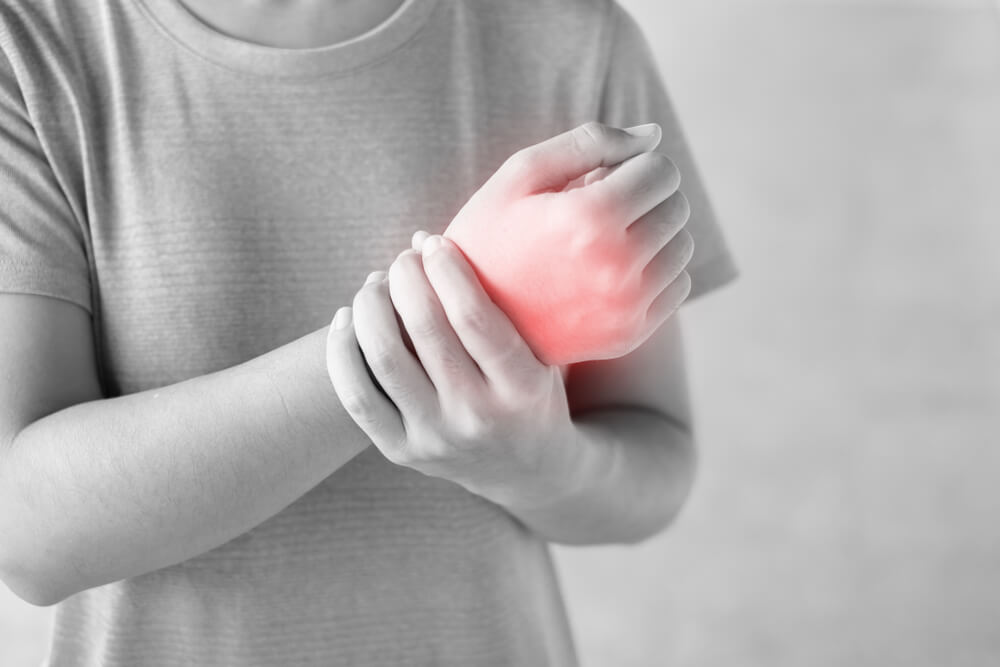De Quervain’s tenosynovitis is a condition that causes pain when you turn your wrist, make a fist, or grip an object. The cause of this disease is yet to be discovered, but it is known to develop worse if you do activities that include more hand or wrist movement.
Statistically, de Quervain’s tenosynovitis is more common in women than in men. People aged 30 to 50 are more prone to developing the condition. Moreover, jobs and hobbies that overuse the wrist may contribute greatly in acquiring de Quervain’s tenosynovitis.
The wrist is made up of tendons that glide when you do certain actions like gripping or grasping objects. When this motion is overly repeated every day, it may irritate your tendons and cause pain when you move it.
Other causes may include a direct injury to your wrist or other conditions such as rheumatoid arthritis (RA), which causes inflammation in your body parts.


